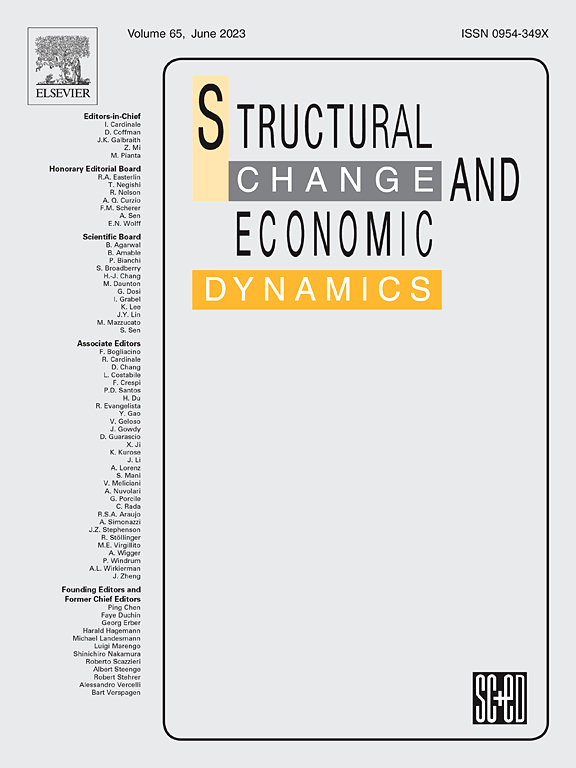移民动态中空气污染与经济效益之间的权衡:来自中国的证据
IF 5.5
2区 经济学
Q1 ECONOMICS
引用次数: 0
摘要
本文从个体角度研究了环境便利性和经济效益如何在人口迁移动态中实现平衡。我们结合美国国家航空航天局(NASA)提供的 PM2.5 浓度数据和中国人口迁移动态调查(CMDS)提供的人口迁移信息,构建了一个结构模型。热反转被用作空气污染的外生冲击源,以解决遗漏变量偏差问题。结果表明,如果目的地的 PM2.5 环境浓度增加 1 μg/m3,个人层面的迁移概率将降低 0.90%。我们进行了一系列稳健性检验,包括采用不同的方法来衡量移民决策,使用估算工资而不是可支配收入,使用不同的IV和替代变量。异质性分析表明,空气污染的阻遏效应对以下群体更为明显:男性移民、从农村迁移或迁移到沿海目的地、属于劳动适龄人口、从事第三产业、受过研究生教育以及赡养两位或两位以上老人。本文章由计算机程序翻译,如有差异,请以英文原文为准。
Tradeoff between air pollution and economic benefits in migration dynamics: Evidence from China
This paper investigates how environmental amenity and economic benefits are balanced in migration dynamics from the individual perspective. We construct a structural model based on the dataset that combines PM2.5 concentration data from NASA and migration information from the China Migration Dynamic Survey (CMDS). Thermal inversion is used as a source of exogenous shock in air pollution to address the omitted variable bias. The results indicate that if the ambient concentration of PM2.5 at destinations increases 1 μg/m3, the probability of migration at the individual level will decrease by 0.90 %. A battery of robustness checks is implemented, including different approaches to measuring migration decision, using imputed wage instead of disposable income, using different IV and proxy variable. Heterogeneity analysis reveals that the deterrence effect of air pollution is more pronounced for the following groups: migrants who are male, move from a rural residence, or to a coastal destination, belong to working-age population, engage in a tertiary industry, have a postgraduate-level education, and support two or more elders.
求助全文
通过发布文献求助,成功后即可免费获取论文全文。
去求助
来源期刊

Structural Change and Economic Dynamics
ECONOMICS-
CiteScore
9.60
自引率
4.90%
发文量
159
期刊介绍:
Structural Change and Economic Dynamics publishes articles about theoretical, applied and methodological aspects of structural change in economic systems. The journal publishes work analysing dynamics and structural breaks in economic, technological, behavioural and institutional patterns.
 求助内容:
求助内容: 应助结果提醒方式:
应助结果提醒方式:


